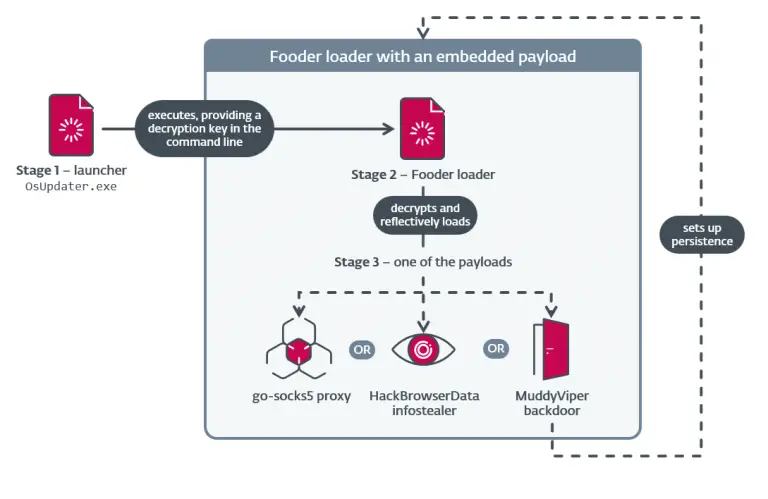
Researchers from Qatar and the United Arab Emirates have unveiled DeBackdoor — a versatile tool designed to detect hidden backdoors in neural networks prior to their deployment in critical systems. As deep learning models increasingly govern vehicles, medical devices, and industrial automation, ensuring their reliability has become a matter of paramount importance.
Backdoors in AI represent one of the most insidious and elusive forms of cyberattack. Malicious actors embed a specific trigger within the model, prompting it to alter its behavior when that trigger is encountered — all while remaining entirely benign in every other context. This stealth makes detection exceptionally difficult, particularly when the model originates from an external source and its internal architecture remains opaque.
DeBackdoor operates under highly realistic constraints: it assumes the model is the only artifact available, the dataset is limited, and access is restricted to a black-box interface — only input and output are visible. In such conditions, most existing defense mechanisms falter due to unrealistic assumptions.
The authors of DeBackdoor proposed a radically different methodology. Instead of probing internal parameters, the system searches for potential triggers by exploring the attack surface using a novel metric — the smoothed probability of successful backdoor activation.
The core innovation lies in DeBackdoor’s use of the simulated annealing algorithm, a probabilistic technique well-suited for navigating rough and unpredictable solution spaces. The system generates random trigger candidates, evaluates their effectiveness, and gradually refines them — balancing the pursuit of new possibilities with the reinforcement of promising discoveries.
In testing, DeBackdoor consistently demonstrated high efficacy across a wide range of sophisticated attacks, including those employing distortions, filters, and learned patterns. It consistently outperformed all baseline detection methods.
This breakthrough paves the way for the secure adoption of AI models in domains where errors are unacceptable. Rather than placing blind trust in third-party solutions, developers gain a robust mechanism to vet models pre-deployment and ensure their integrity.
DeBackdoor represents a significant stride toward a resilient AI infrastructure — one where, even under restrictive access conditions, defenses against covert sabotage and embedded threats remain firmly in place.

